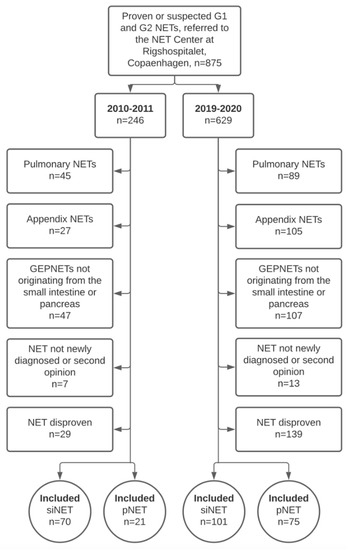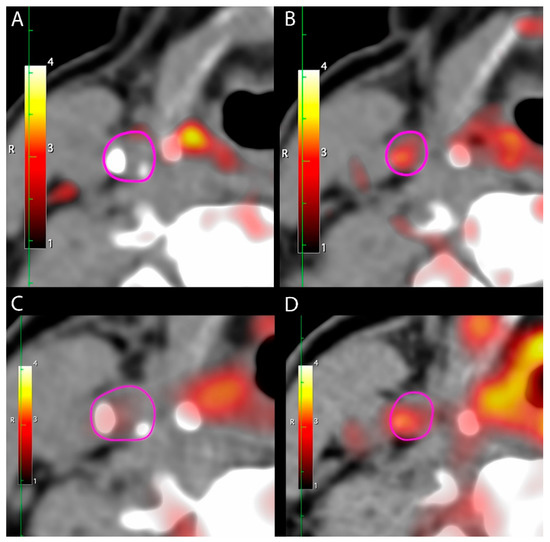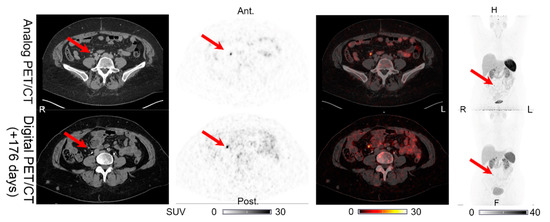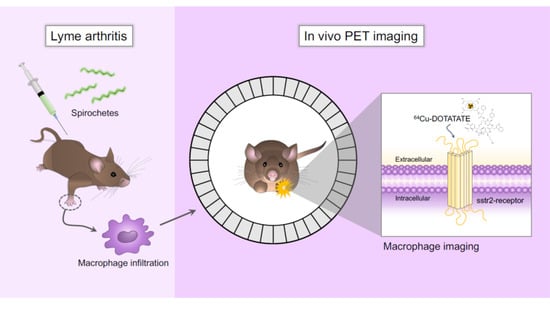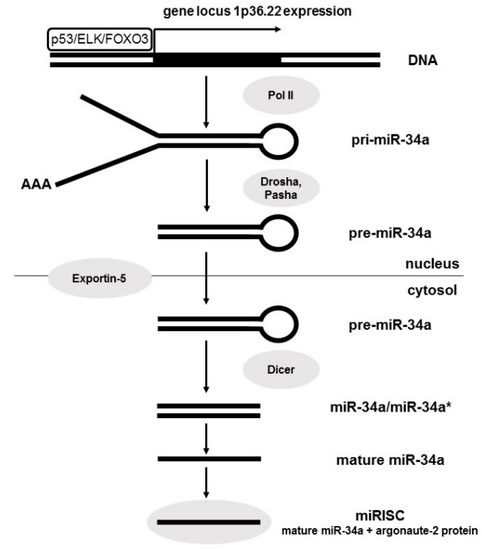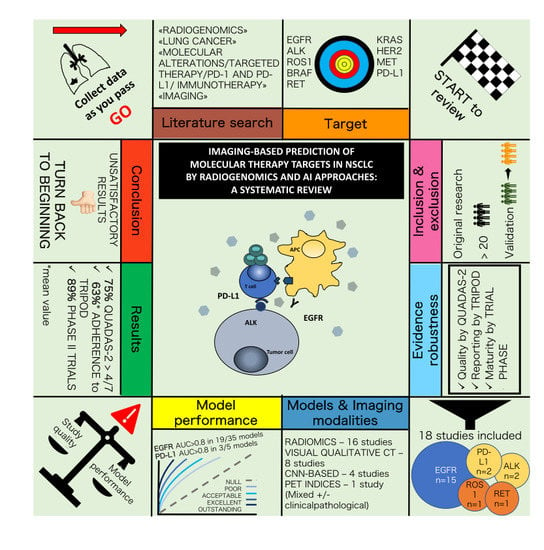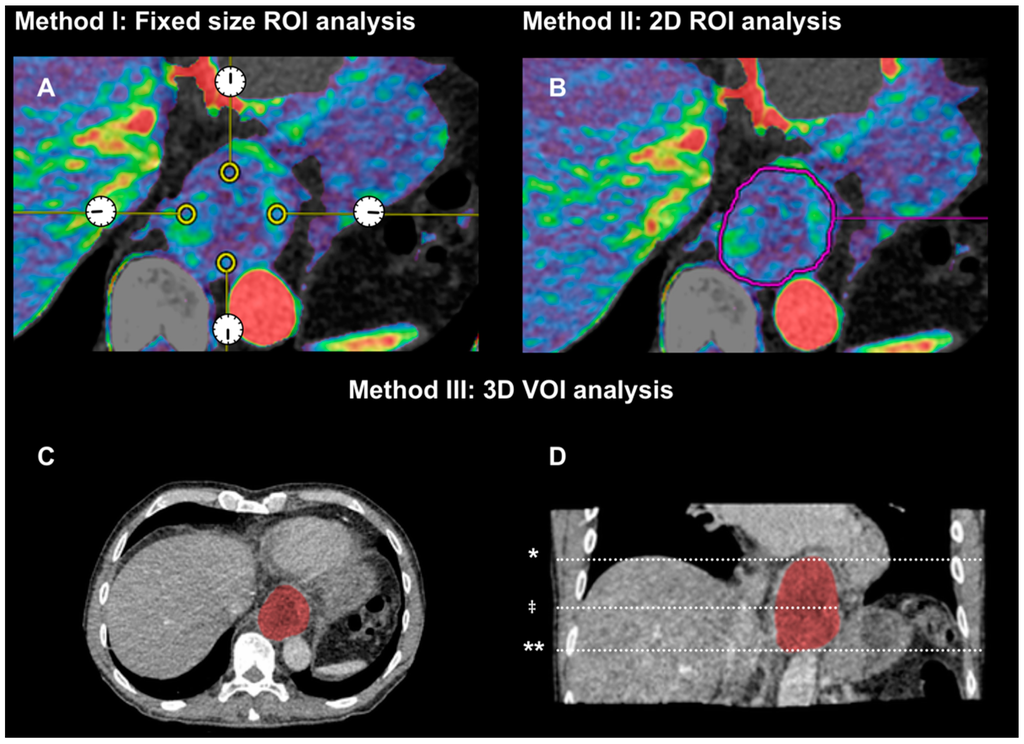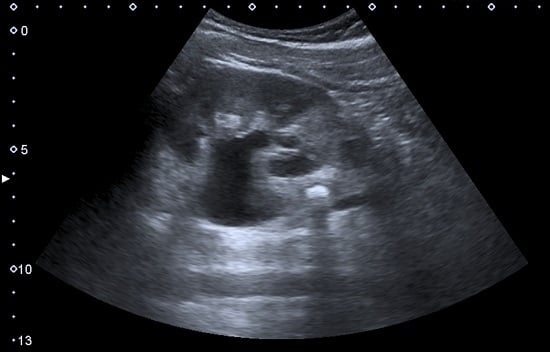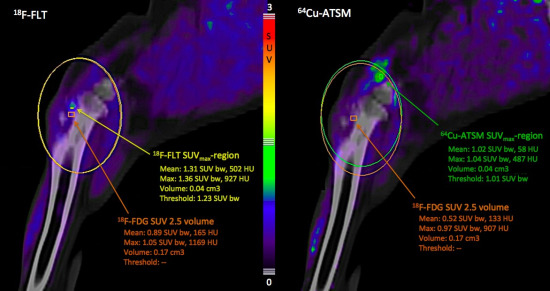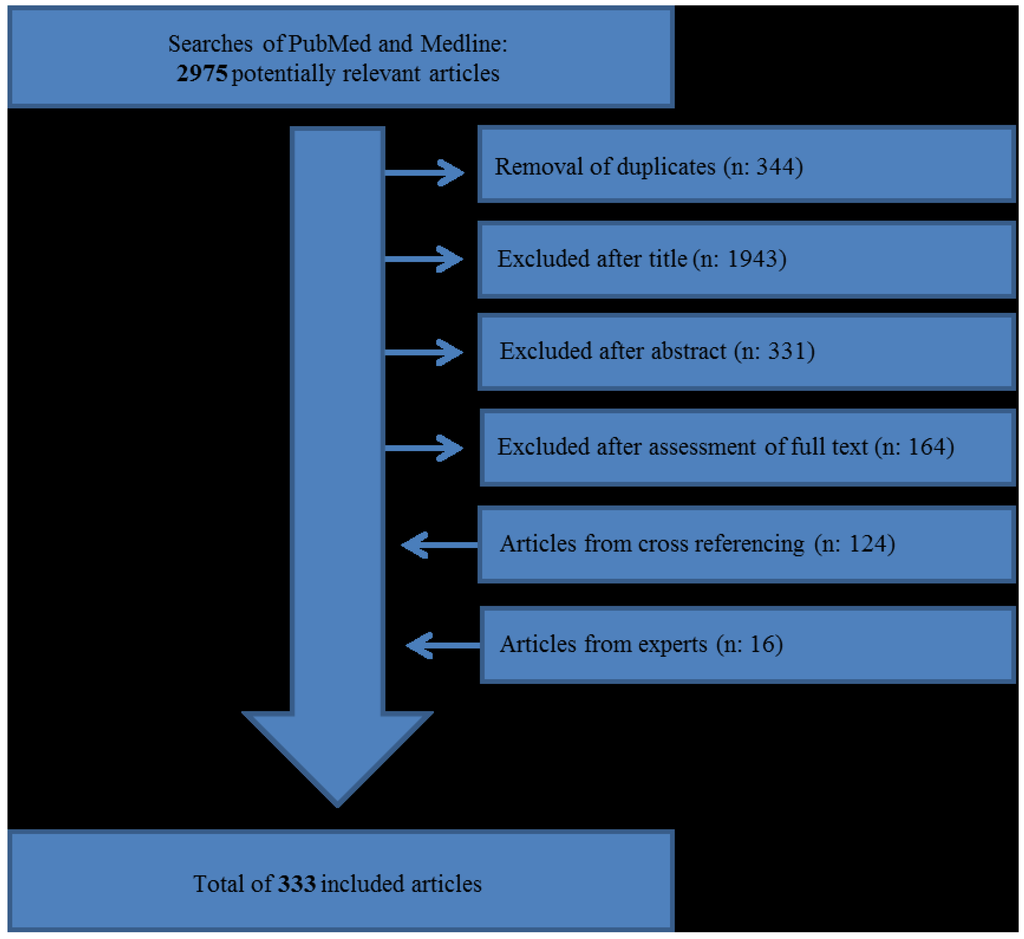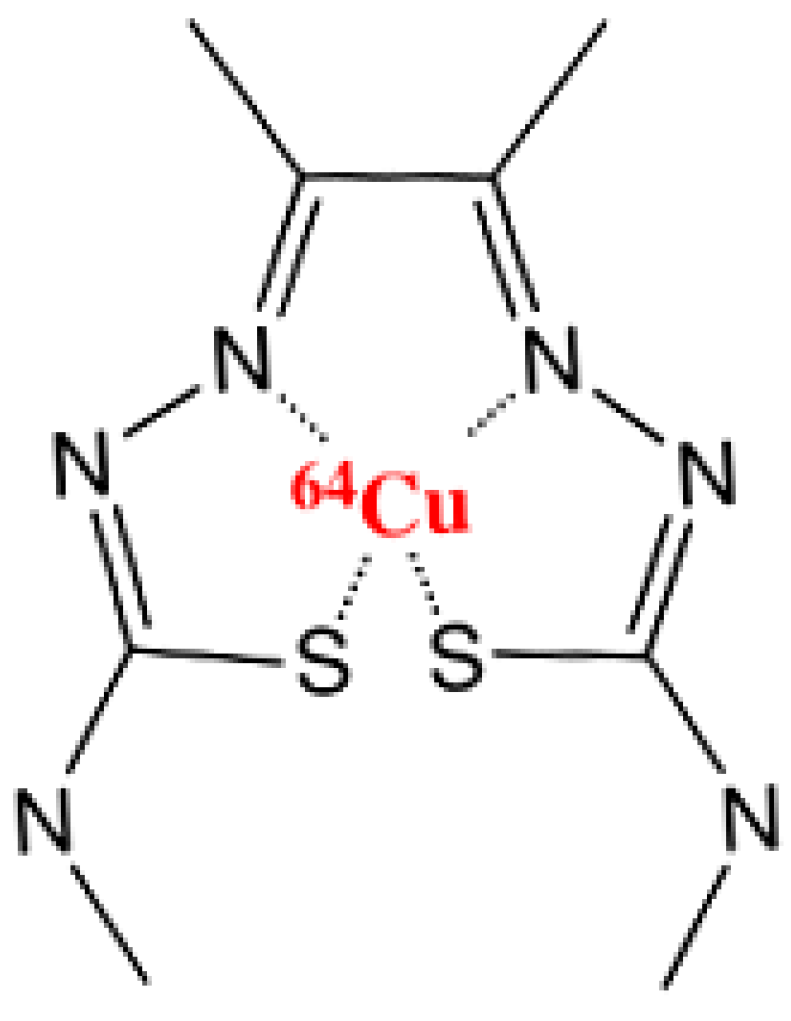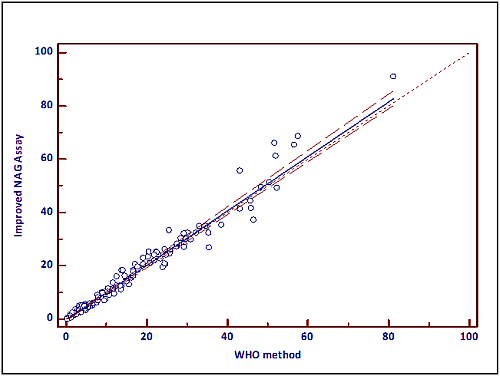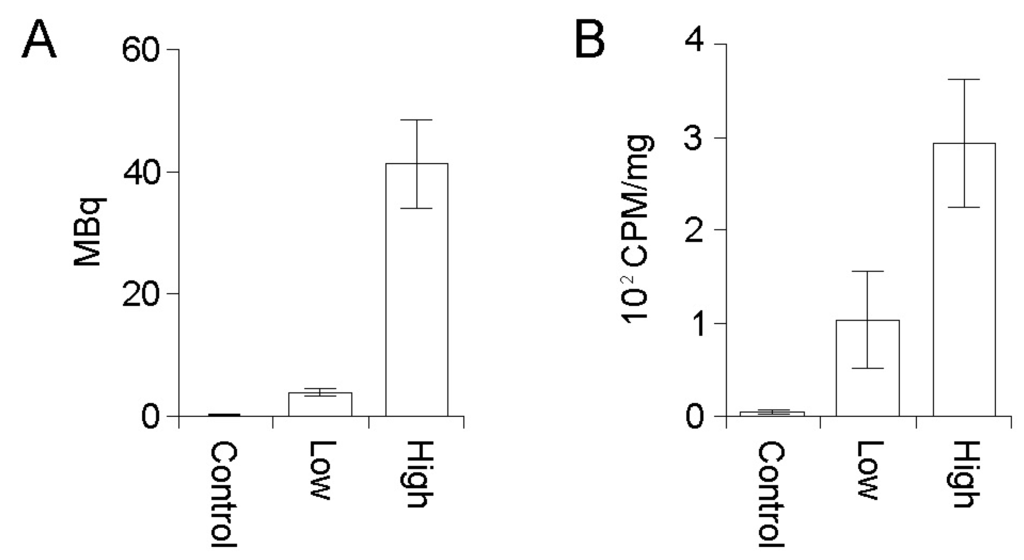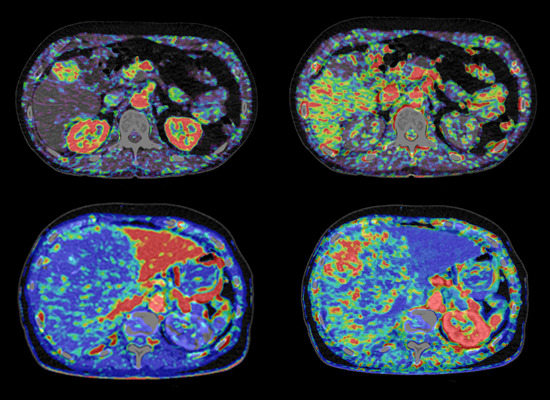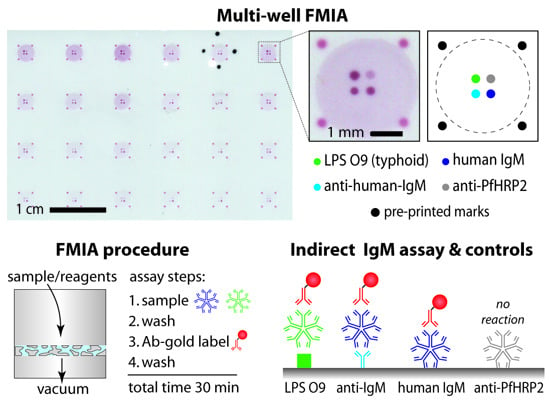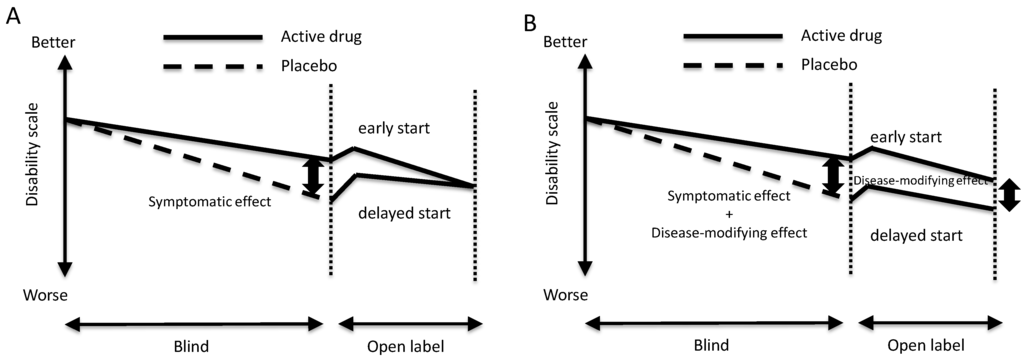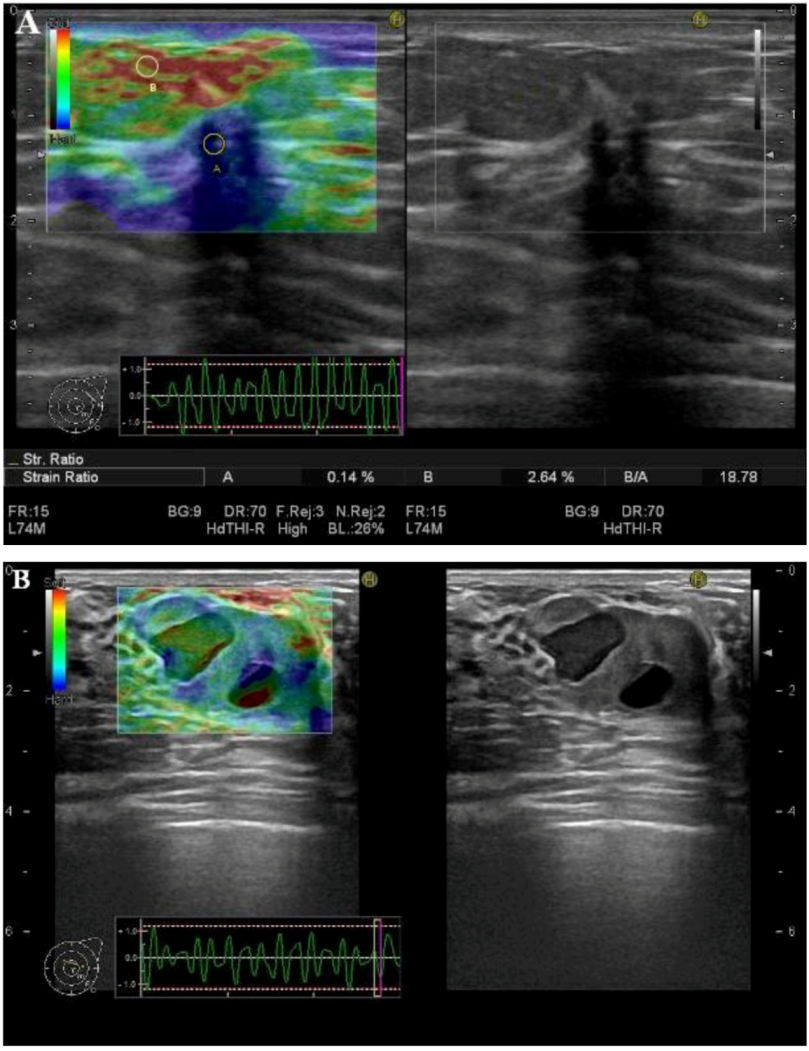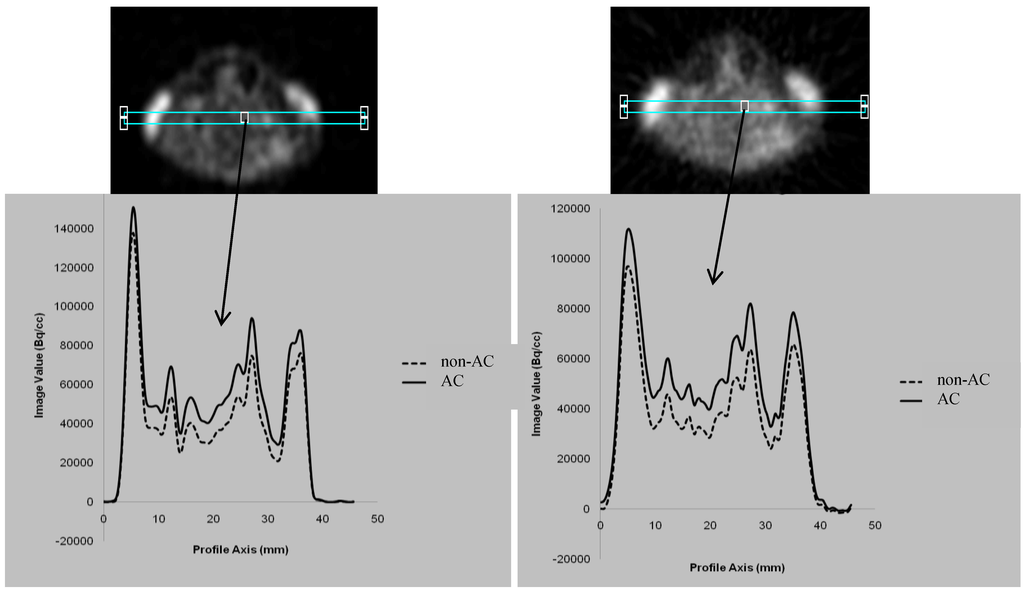Feature Papers (Closed)
A topical collection in Diagnostics (ISSN 2075-4418).
Viewed by 240606Editor
Interests: molecular imaging; medical imaging; theranostics; targeted radionuclide therapy; cancer; cardiovascular disease; PET; SPECT; PET/MR
Special Issues, Collections and Topics in MDPI journals
Topical Collection Information
Dear Colleagues,
This is a collection of top quality papers published free of charge in Open Access form by the editorial board members, or those invited by the editorial office and the Editor-in-Chief. The papers should be long research papers (or review papers) with full and detailed summary of the author's own work done so far.
Prof. Dr. Andreas Kjaer
Collection Editor
Manuscript Submission Information
Manuscripts for the topical collection can be submitted online at www.mdpi.com by registering and logging in to this website. Once you are registered, click here to go to the submission form. All papers will be peer-reviewed. Accepted papers will be published continuously in the journal (as soon as accepted) and will be listed together on this website. The topical collection considers regular research articles, short communications and review articles. A guide for authors and other relevant information for submission of manuscripts is available on the Instructions for Authors page.
Please visit the Instructions for Authors page before submitting a manuscript. The article processing charge (APC) for publication in this open access journal is 2600 CHF (Swiss Francs). English correction and/or formatting fees will be charged in certain cases for those articles accepted for publication that require extensive additional formatting and/or English corrections. For further details see here.
Keywords
- advances in diagnostic methods/approaches
- molecular diagnostics
- biomarkers
- diagnostic medical imaging
- nuclear medicine
- radiology
- clinical decision support systems






